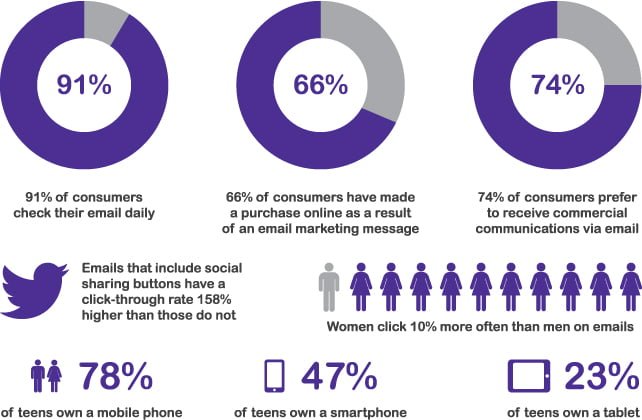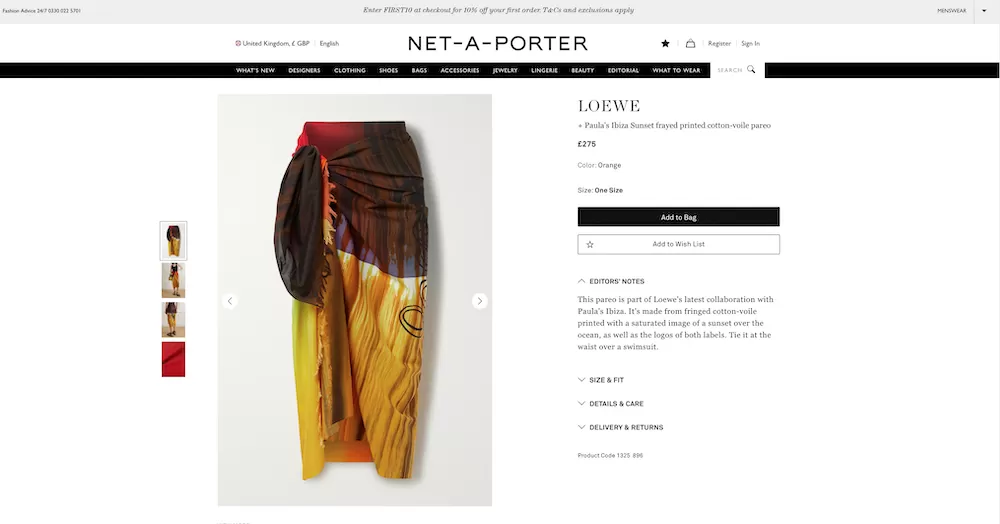Email marketing without staff is the ecommerce entrepreneurs dream scenario. To be able to have a catch-all email facility, that you don’t have to touch, that does it all for you. But logic dictates that surely there are elements which prohibit this possibility? So this article explains not only how it’s done, but delivers such a high ROI, that enterprise level companies are adopting it in addition to their existing facilities.
First though, you can’t email people that you don’t know. Three reasons, firstly obviously, you haven’t got their email address, second under GDPR rules (UK law), GDPR – EU, Data-Protection USA, you also need the consumer’s permission to email them, and third you need to have proof of that customer’s permission to keep their data too.

So the first step for for all retailers, no matter how big they are now, was to capture new customers and get their permission for you to do so. Data is the key to autonomous email, and as the old adage, attributed to Sir Francis Bacon, says “Knowledge is in itself power”, the more you have – the more powerful your email marketing becomes, the more powerful the data the more profitable, and therefore your ROI higher too.
Acquire new customers for your email marketing
Content is the foundation of advertising, because once you’ve published content (blog posts, ebooks, guides, videos, etc.) email, social media, etc. You can promote it. It also generates about 3x as many leads as other marketing methods, and costs 62% less.
Your website might look professional and offer a ton of useful information for visitors, but does it generate new leads and acquire new customers? It’s essential that, in addition to your website, you also have dedicated landing pages to capture contact information and fill the top of your sales funnel.
Often, your post-click landing page is the first and last thing people see connected to your business. Since you have less than five seconds to grasp their attention, make it stand out. An attention-grabbing headline, prominent form, and contrasting CTA button are a must have.
By far a phenomenal method to capture customers details is through a pop-up when people land on your site. Not one that comes back every few minutes, but one that appears on the home page every time they visit (use cookies) until they agree to subscribe to your newsletter / receive offers etc.
Of course just like you need to encourage them to accept your terms and conditions when making an order ( as it requires your permission to capture and store their details in order to send them a confirmation of order email – you don’t need to distinguish between the types of email). Likewise your pop up needs to have a sticky box or say likewise.
Autonomous solutions incur no human cost
Autonomy often equates to the ability to make choices and fulfil one’s interests, and computer science recognises this connection between autonomy and choice. However, irrespective of whether we adopt a legal, philosophical or practical approach, it is sometimes assumed that any reduction or manipulation of choice is negatively related to personal autonomy. Whereas reality is that the burden of choice can emancipate the consumer from that burden; the retailer’s use of PPS selection being perpetual and so accurate that the consumer’s satisfaction is stimulated.
While time or cognitive limitations to processing information make some content moderation reasonable for the customers, there is no longer any concern of who decides which content is ‘relevant’, ‘optimal’ or ‘best’. The algorithm has used the consumer’s data to calculate this before presenting the appropriate and optimal product selection already.
You may wish to read: The power of email personalisation.
Even though content is personalised with the primary aim of increasing the bottom line rather than facilitating consumer decisions, it is not the aim to exploit. Far from it, the purpose is to eliminate the need for the consumer spending precious time, and avoid distractions from reaching the products they most want to see and buy.
That this in turn negates their likelihood of looking at competitors sites as well obviously has a huge financial advantage over automatic, triggered or segmented alternative solutions. Autonomy might be assumed to have diminished when our actions are explicitly guided by the technology, but the reality is very different, as it has employed greater affinity with the consumer, and learnt a better understanding with every purchase and site visit impressions as they happen.
It might be argued that systems do not explicitly diminish personal autonomy, but they might be perceived as creating environments where it becomes harder to change course of action even if one has reasons to do so. However, the reality is that it identifies a change of preferences and desires before it even becomes conscious to the consumer, so has amplified the autonomy not diminished it.
The benefits of autonomous email marketing personalisation
Personalisation could be the key to consistently achieving high open and click through rates. But lets just pause a moment here, and appreciate that every article written over the last ten years will, at this point, tell you that personalisation is including your customer name at the top of the email. Oh blimey!
Technically they’re right. But tech has moved on so far now, it means predictive personalisation software (PPS), where data captured on your site tells you so much more about your customer to take advantage of, including exactly what products each customer is most likely to buy next.
You may wonder if this is useful, so let us explain what the big four research companies in the world found, McKinsey, Bain, Statista and Forrester – that PPS increases ROI 20x more than standard promotional email-marketing, omnichannel-marketing and social media-marketing combined. That’s twenty times as much – which is huge!
This is the difference between a successful ecommerce retailers and those that will perpetually struggle.
It show just how important personalisation can be for email marketing. Yet, many retailers still fail to launch, and they will be the ones you pass on your way up.
Conclusion
You might have begun this article simply looking for a means to get something to enable you to do email marketing, that didn’t cost a bomb, gave you a phenomenal returns, and allowed you do do the most lucrative aspect of marketing without needing to employ someone first. Now you do.
Take a free 30-day trial of autonomous email marketing software – help installing it is free too.
Article Classification:






